Could the Garden of Eden and Mount Meru be the same place?
The location of the Biblical Garden of Eden, where the first Man Adam lived, is often suggested at Lake Van in Turkey or at Qurnah in Iraq. The location of Mount Meru, where Brahma undertook creation, is often located in Tibet. In this post we explore whether the Garden of Eden and Mount Meru both…. could be located at Pushkar in the Indus Valley. If this proposition is accepted, it would indicate that Adam of the Biblical tradition and Brahma and his son Swayambhu Manu of the Hindu tradition could be the same person who lived at the same place. It would follow that the Biblical and Hindu traditions are two streams that emerged from the same place. Our purpose is not to glorify one tradition against the other, but to trace our common roots in a spirit of equality and brotherhood.
Rivers of Eden| Eden in Turkey| David Rohl| Euphrates| Tigris| Uwzon| Gaihun| Lake Van:
The Bible describes the four rivers of Eden as follows: “The name of the first is Pishon; it runs through the entire land of Havilah… The name of the second river is Gihon; it runs through the entire land of Cush. The name of the third river is Hiddekel; it runs along the east side of Assyria. The fourth river is the Perath (Genesis 2:11-14).
British Egyptologist David Rohl has suggested that Eden could be located at Lake Van in Turkey. The Hiddekel is the Tigris, the Perath is the Euphrates, the Gihon is the Aras, and the Pishon is the Uwzon River as marked in Google Earth picture in Figure 1. Thus the Biblical description of four rivers emerging from a mountain matches with Lake Van.

Eden in Iraq| Euphrates| Tigris| Karun| Wady Ermek| Al-Qurnah| Shatt al-Arab| Strong’s:
Another proposed location for Eden is at Al-Qurnah at the confluence of the Tigris and Euphrates Rivers as shown in Figure 2. Names of the four rivers are circled in this picture. Here, Pishon is suggested to be Wady Ermek. As in the previous proposal, the Perath and Hiddekel are suggested to be the Euphrates and Tigris Rivers. Lastly, Gihon is suggested to be the Karun River. Thus the Biblical description of four rivers matches with Al-Qurnah.

But locating Eden at Al-Qurnah demands reconsideration because here the rivers converge into one river—the Shatt al-Arab—while, according to the Bible, one river “went out” in four rivers at the Garden. The Bible uses the word “yatsa” for “going out” (Strong’s 03318). It means: “out” 166 times, “went out” 48 times, “left” 40 times, “go out” 40 times, “brought out” 38 times, “came out” 26 times… It is difficult, therefore, to interpret the word “yatsa” as “coming in,” as the situation is at Al-Qurnah.
Mount Meru| Four Rivers| Sita| Alaknanda| Sarvanadi:
A distinguishing feature of Mount Meru is that four rivers flow from it. This is description is found in in detail in the Vayu Purana. The Purana does not give the name of the river emerging from the north. However, it says that Sita emerges from the east, Alaknanda to the south and Sarvanadi to the west (42:1-24). We find that 4 rivers indeed emerge from Tibet: Indus to the north, Yarlung or Brahmaputra to the east, Ganga to the south and Sutlej to the west as shown in Picture 3.

Eden and Meru at Pushkar in the Indus Valley:
Now we suggest an alternative location for Eden in the Indus Valley. Four rivers flow out of Pushkar as shown in Figure 4. The river emerging to the south of Pushkar is the Sagarmati. We suggest she is the Pishon of the Bible and Alaknanda of the Vayu Purana. She flows near the town of Pisangan.

The river emerging to the west of Pushkar is the Saraswati. We suggest she is the Gihon of the Bible and Sarvanadi of the Purana. The river emerging to the north is the Nahar. We suggest she is the Perath River of the Bible and the unnamed river emerging to the north in the Purana. The river emerging to the east is the Dai. We suggest she is the Hiddekel of the Bible and Sita of the Purana. The river emerging to the south is the Sagarmati. We suggest she is the Pishon of the Bible and Alaknanda of the Purana.
Pishon Joins Gihon| Alaknanda and Sarvanadi flow near Gandhamadan:
The secondary Biblical text Targum Jonathan says that the Gihon carried the waters of the Pishon to the Sea: “And the Mizraee followed after (the Hebrews), and came upon them as they were encamped by the sea, gathering of pearls and goodly stones, which the river Pishon had carried from the Garden of Eden into the Gihon, and the Gihon had carried into the Sea of Suph, and the Sea of Suph had cast upon its bank” (Exodus 13: 17, italics provided). Jewish Historian Josephus, writing in Legends of the Jews in the 1st century CE, described the same situation: “The chariots were laden with silver, gold, and all sorts of costly things, which the river Pishon, as it flows forth from Paradise, carries down into the Gihon.” This description does not match with Lake Van where Gihon (Aras) does not carry waters of Pishon (Uwzon); and also does not match with Al-Qurnah where Gihon (Karun) does not carry waters of Pishon (Wady Ermek). In contrast, this is exactly the situation in the Indus Valley where the Gihon (Saraswati) carries the waters of the Pishon (Sagarmati) as shown in Figure 5.

The Purana says that the Alaknanda and Sarvanadi Rivers emerge from the south and west of Meru and both flow to the Gandhamadan Mountains (42:35-35; 41-81). In Tibet, the Ganga emerges from the South and the Sutlej from the West. However, they flow towards the east and the west respectively. They do not flow near a same mountain which could be the Gandhamadan. At Pushkar the Sagarmati emerges from the South and the Saraswati from the West. They both join together at Govindgarh and together flow near the Aravalli Mountains which could be the ancient Gandhamadan as shown in Picture 5. Thus the flow of both rivers near a particular mountain matches with Pushkar and not with Tibet.
Archaeology| Open Bible| Groningen Institute of Archaeology| Allchin |Rise of Civilization in India and Pakistan| Budha Pushkar| Bronze Age:
The Open Bible says that Adam lived around 4000 BCE. Thus the proposed location of the Biblical Eden must provide archaeological evidence of habitation at this time.
The area of Lake Van witnessed the beginning of human habitation and grazing around 6000 BCE and this supports the possibility that Adam could have lived here. However, the area was fragile and susceptible to repeated degradation. A study by the Groningen Institute of Archaeology says: “the decline of grass steppe… proclaim increasingly arid conditions… The introduction of domestic cattle in these grasslands readily leads to disturbance and degradation of the vegetation… The interference of man and his animals with the fragile balance… probably started the decline of the grass steppe… Pollen values suggest a… declining agricultural activity towards the end of the 5th millennium BP.” Further, Lake Van is a dead and extremely saline lake, which does not support cultivation. Such an area could hardly be a “Garden.”
A large number of ancient archaeological sites are found near Al-Qurnah hence it is plausible that the area was inhabited at 4000 BCE.
Now we consider the Hindu tradition on this point. The Rig Veda was composed around 3500 BCE and creation took place at Mount Meru before this time. Thus we should find archaeological evidence of habitation at the proposed location of Meru at c. 4000 BCE. The archaeological evidence for settled habitation in Tibet, however, is available only after 500 BCE hence it does not fulfil the requirement (Popular Archaeology, Archaeologist explores the first civilization of ancient Tibet).
Evidence of habitation is available continuously from the last 200,000 years at Pushkar. Bridget and Raymond Allchin, authors of The Rise of Civilization in India and Pakistan, say: “Around the… Budha Pushkar there is concentration of sites with (small stone tool) industries… these are primarily living or camping sites… the importance of this unique place may extend back without a break to prehistoric times.” Thus Lake Van and Tibet do not provide supporting archaeological evidence while Al-Qurnah and Pushkar provide the same.
Living Traditions| Akdamar| Abraham| Adam’s Tree| Brahma| Temple:
The church at Akdamar Island in Lake Van has stone reliefs depicting Biblical scenes with Adam, Eve, Abraham, David and Goliath, and Jesus as well as earthly themes, such as hunting scenes and human and animal figures as shown in Picture 6. There appears to be no special living tradition of Adam in the area.

There is a tradition of the Adam’s Tree at Qurnah. A plaque announces that Prophet Abraham had visited the place in 2000 BCE and said that a tree would grow at that place “which is similar to our Father Adam’s” as shown in Picture 7. This indicates that the “tradition” extends only to Prophet Abraham.

We understand that there is no living tradition of Brahma having undertaken penance in Tibet.
The Hindu living tradition says that Brahma undertook the task of creation at Pushkar. His main temple is located here as shown in Picture 8. Thus we do not find living tradition at Lake Van, Al-Qurnah and Tibet and find the same only at Pushkar.
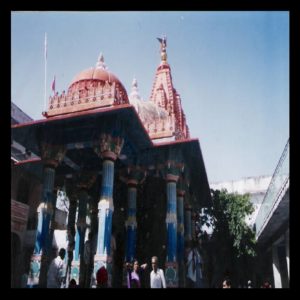
Comparative Assessment:
We have marked the evidences at the four proposed locations in the Table below. We have given the evidence in green color where it matches with the Biblical descriptions, in yellow color where the match is weak, and in red colour where the evidence does not match the Biblical descriptions. In the last row of the Table we have given a numerical summary with green = 2 points, yellow = 1 point, and red = 0 points. The maximum possible score is 8 points for the 4 evidences.
We find that the score of Lake Van and Al-Qurnah is 4/8, Tibet is 2/8 and Pushkar is 8/8. Thus, we submit, there exists a good case to examine whether the Garden of Eden and Mount Meru could be located at Pushkar.
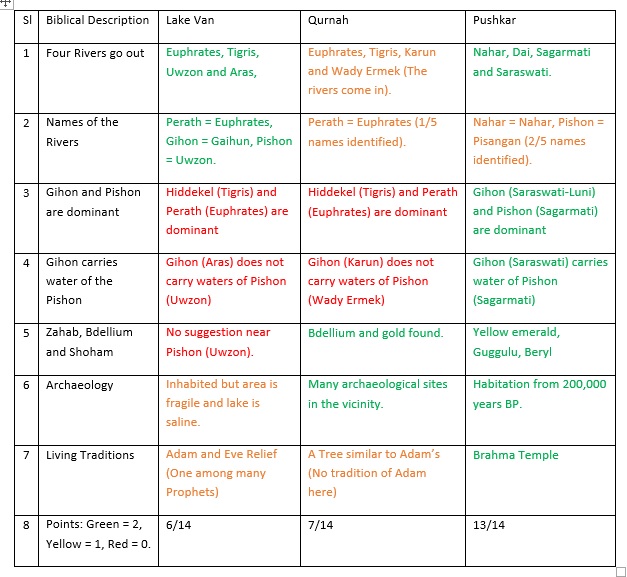
Visit our website: https://www.commonprophets.com/
For Videos: https://www.youtube.com/channel/UCN4sb3toJxNGPjmSubnwz_Q
For more information on the theory of Common Prophets, Please like my FB Page One God One 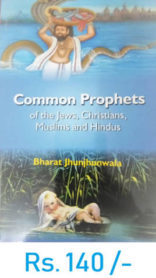 Religion, Subscribe my English channel One God One Religion, subscribe my Hindi Channel एक ईश्वर, and you may like to buy my book here.
Religion, Subscribe my English channel One God One Religion, subscribe my Hindi Channel एक ईश्वर, and you may like to buy my book here.
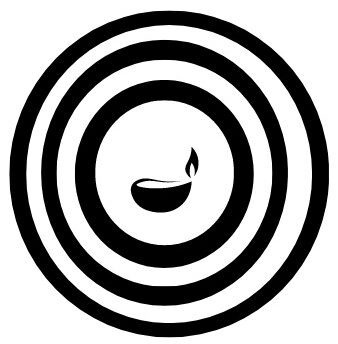

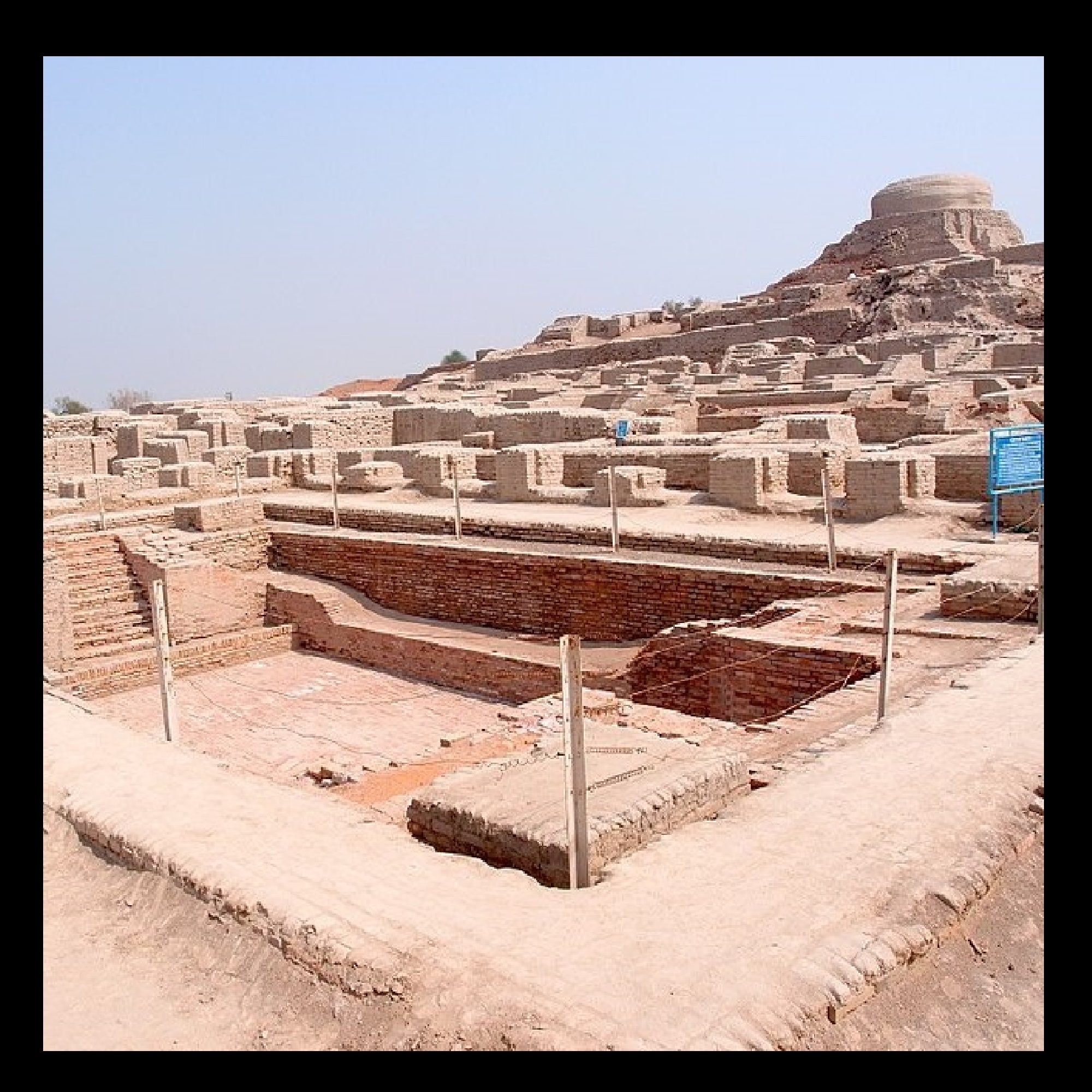
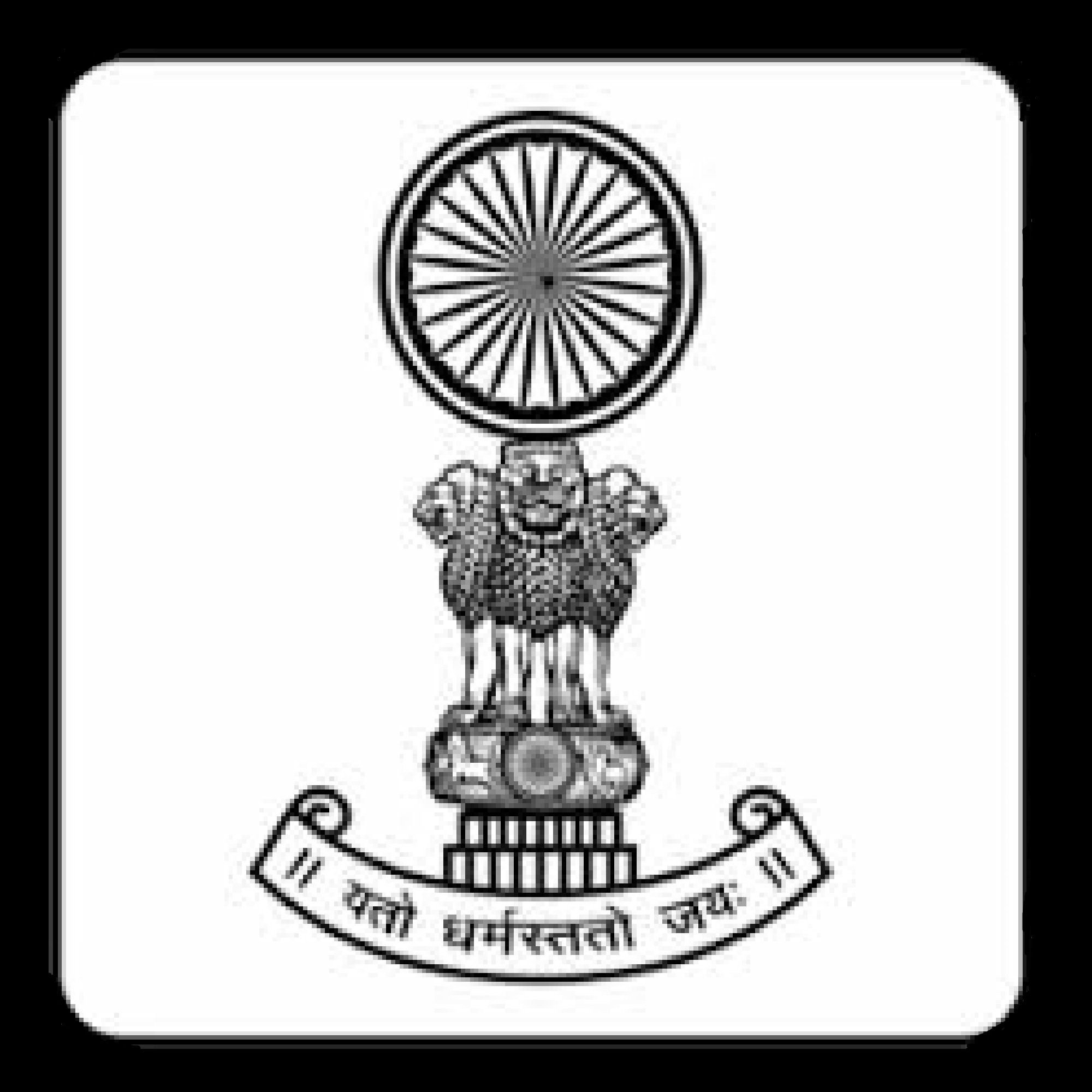
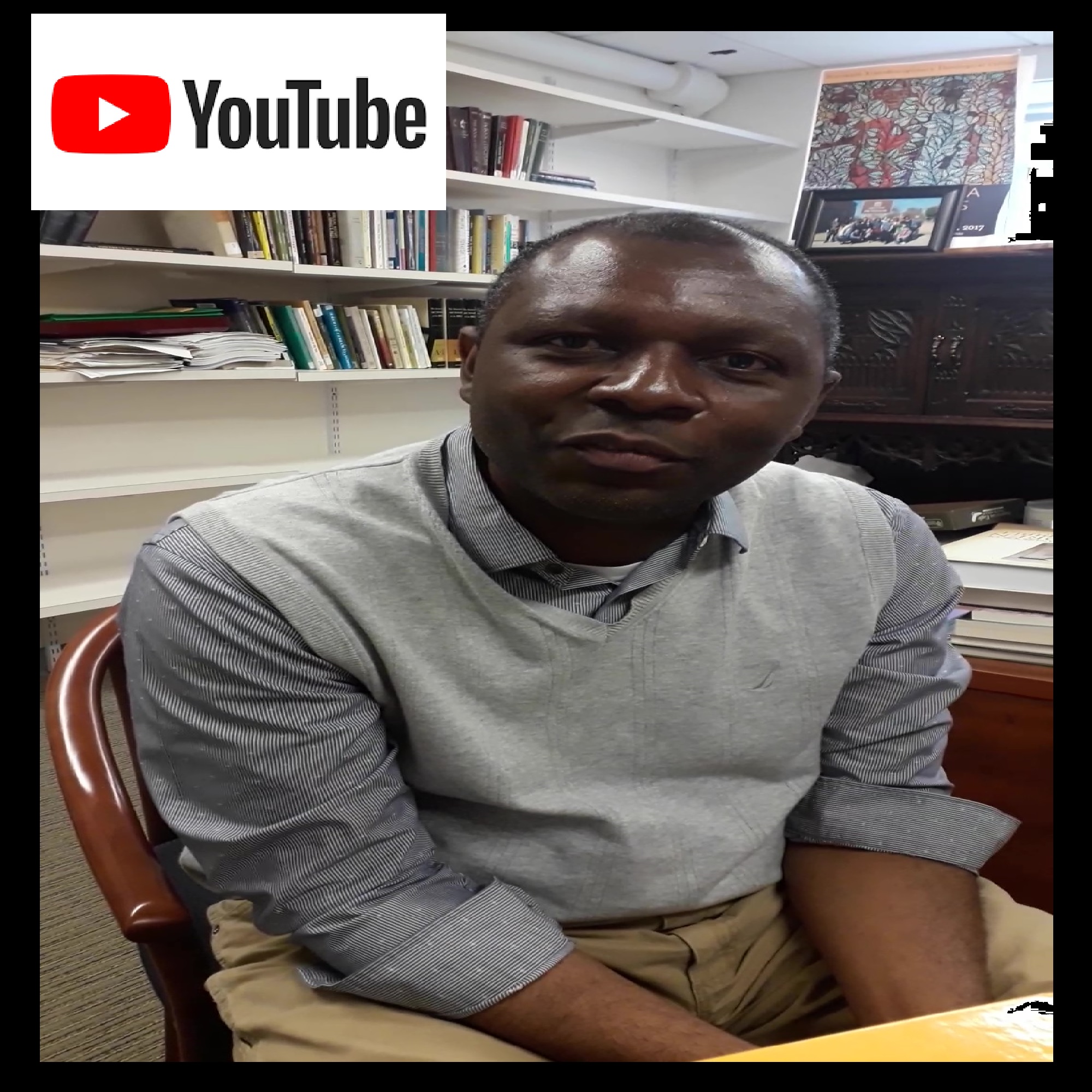
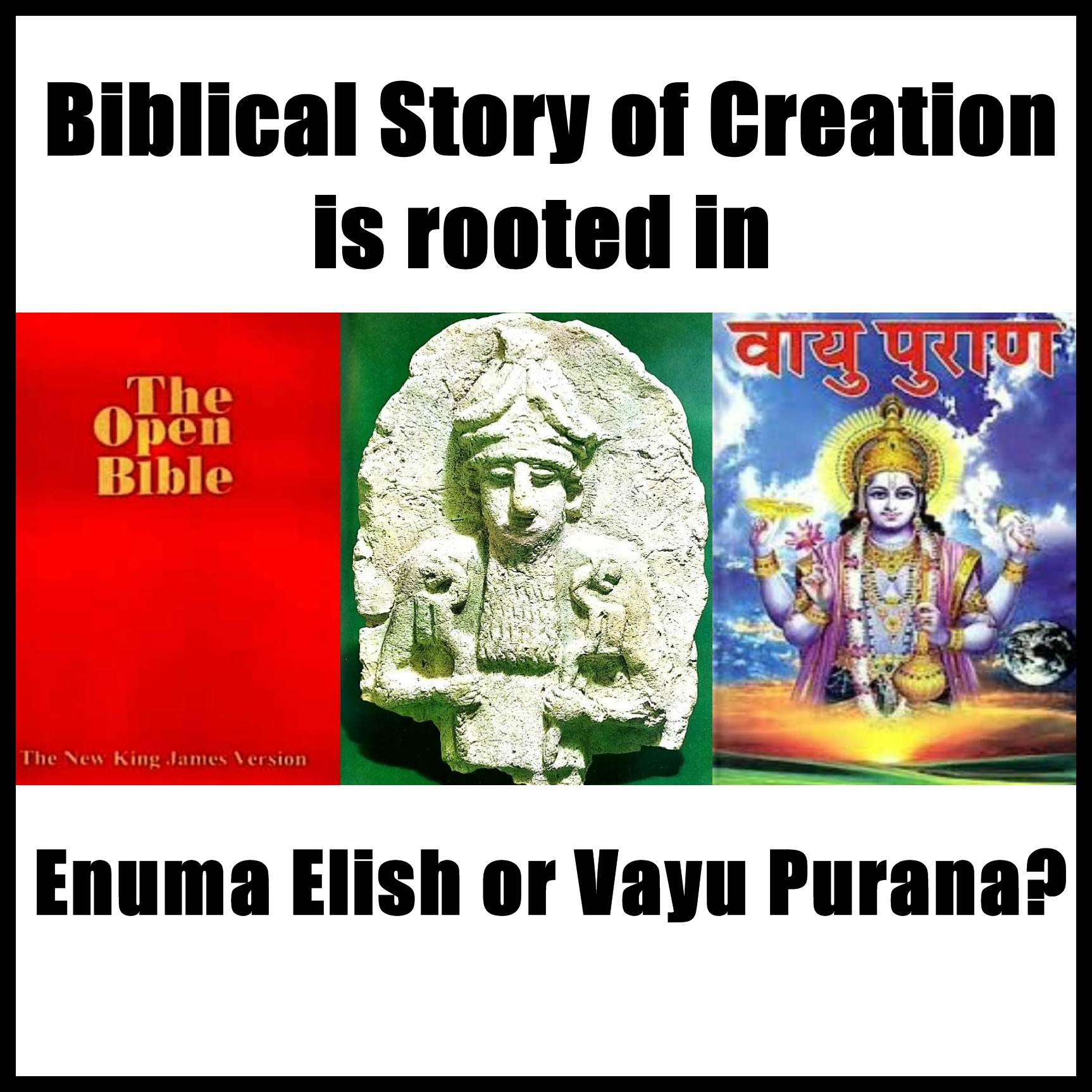

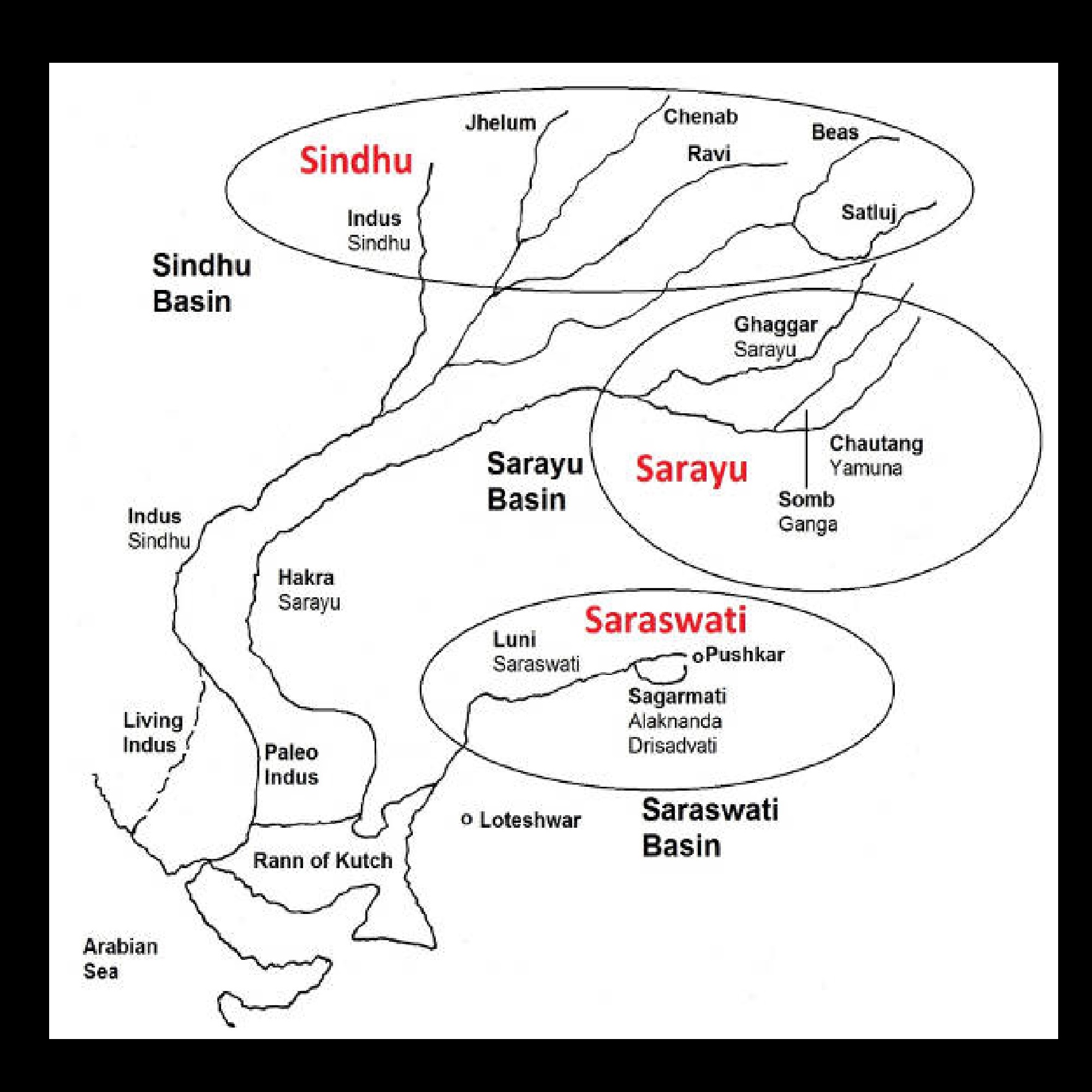
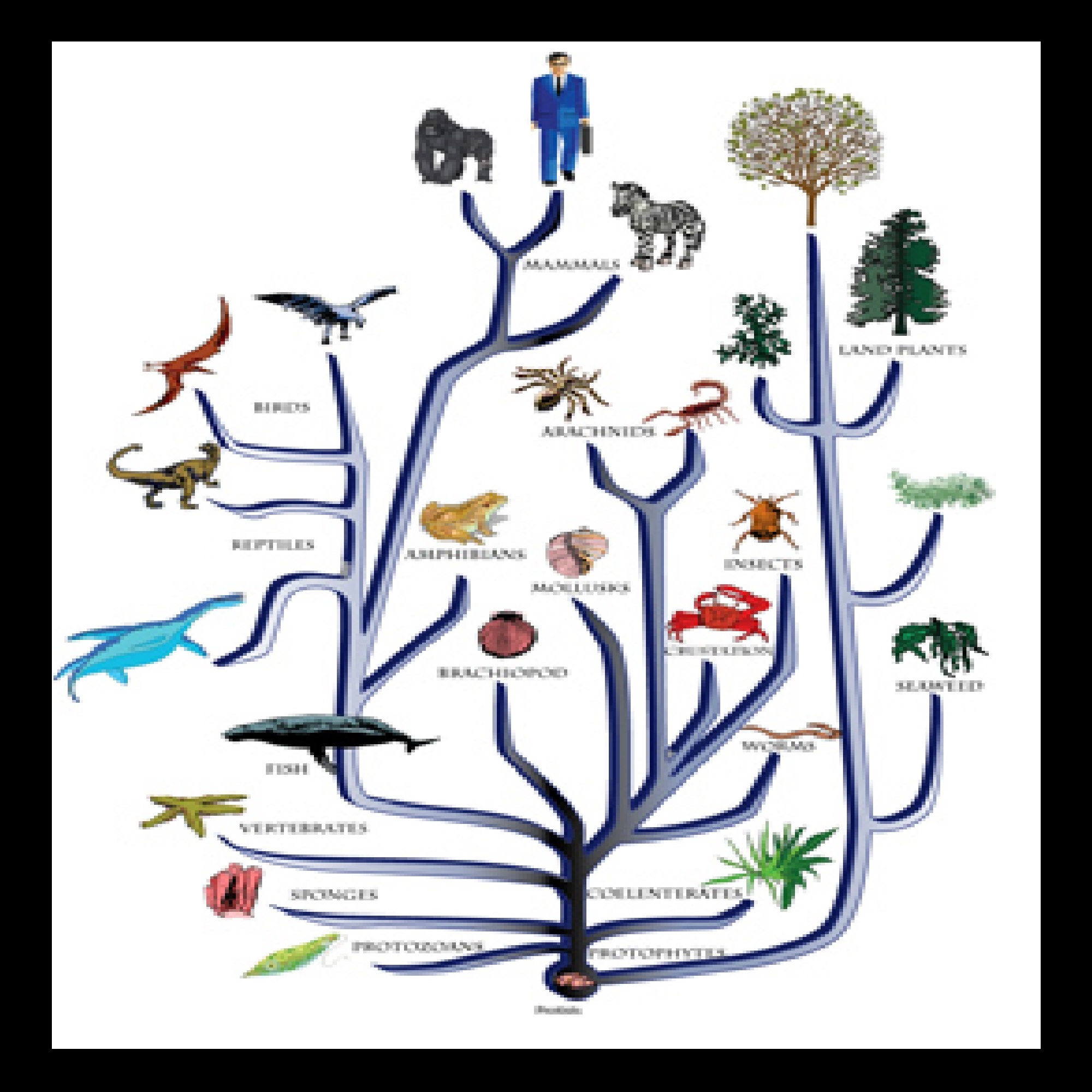
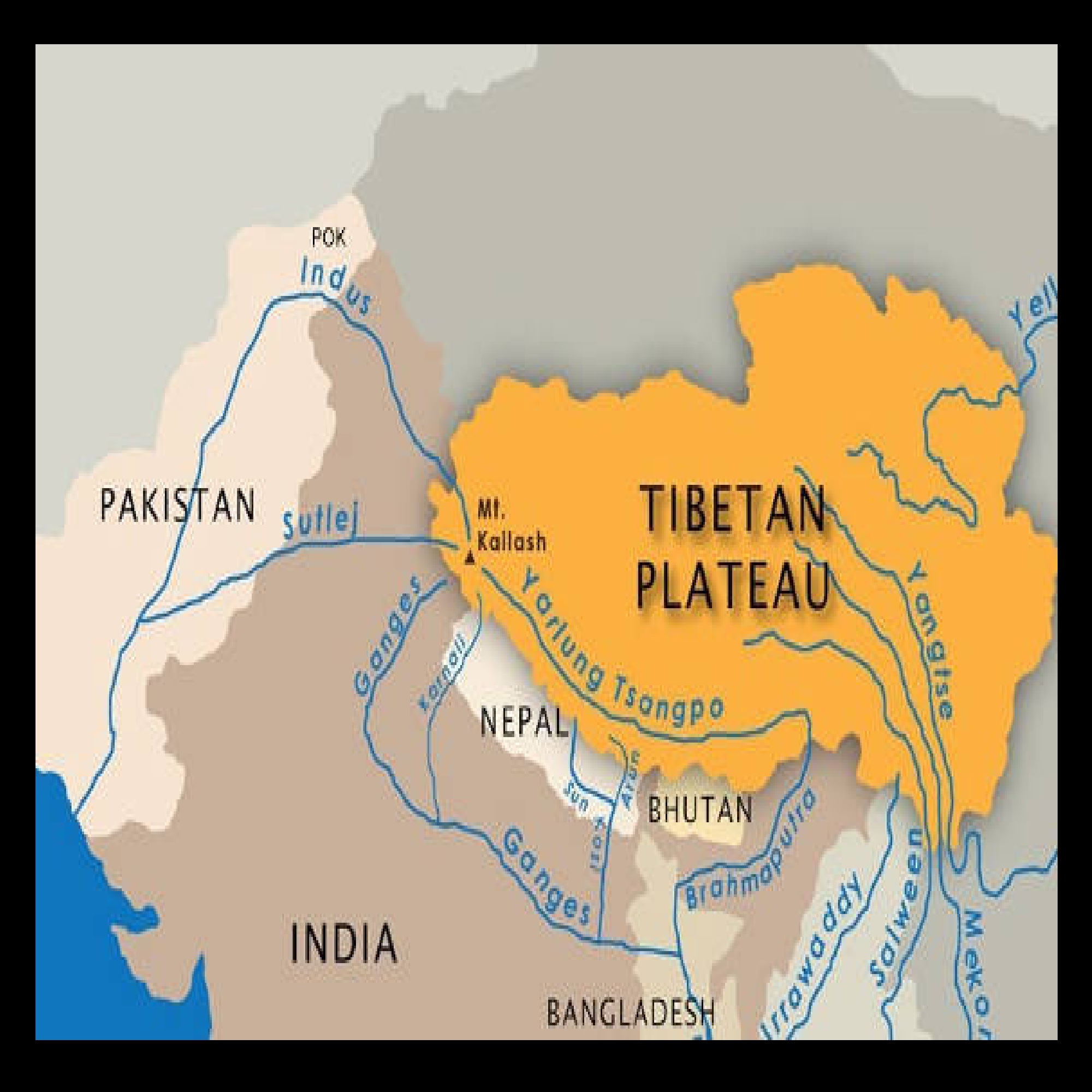
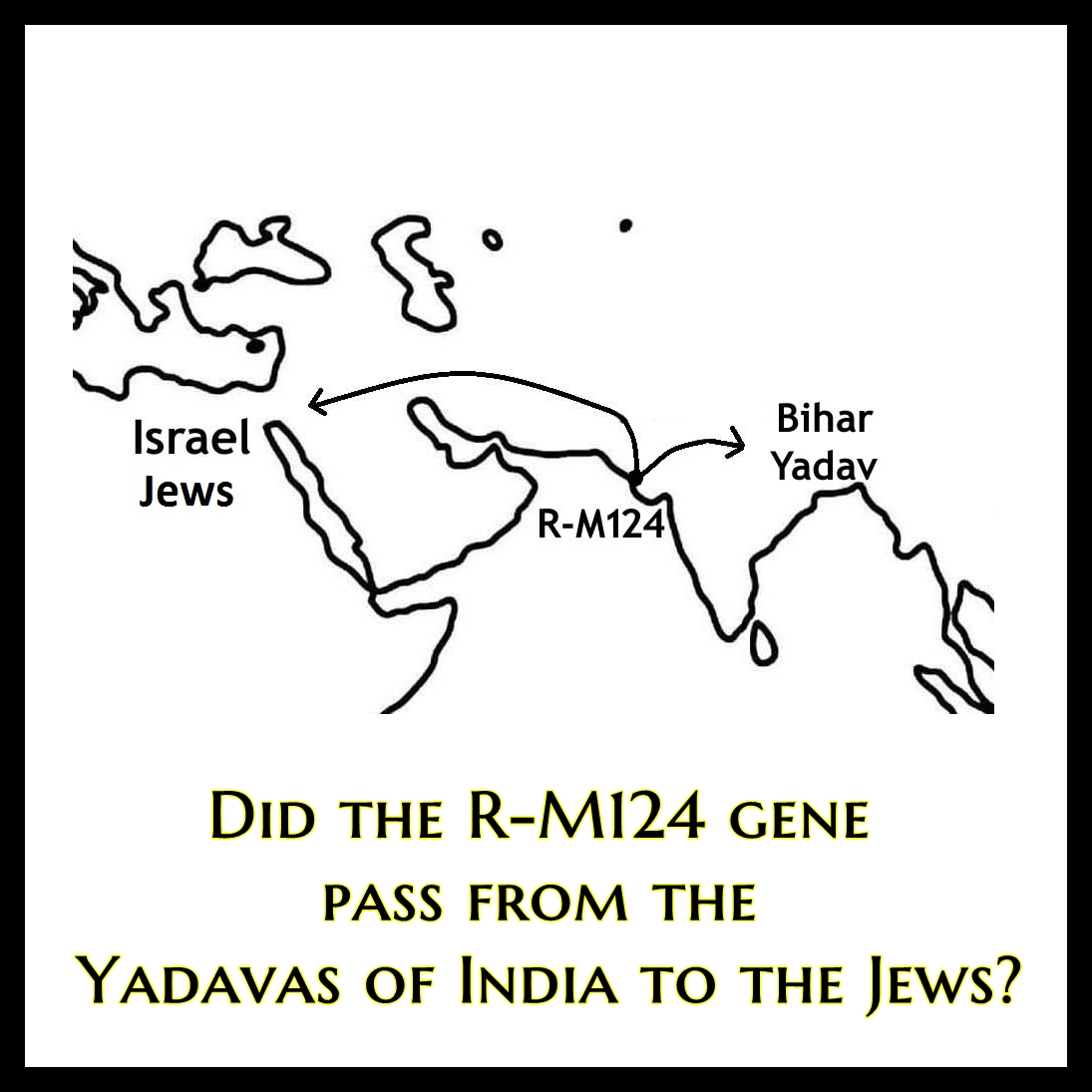
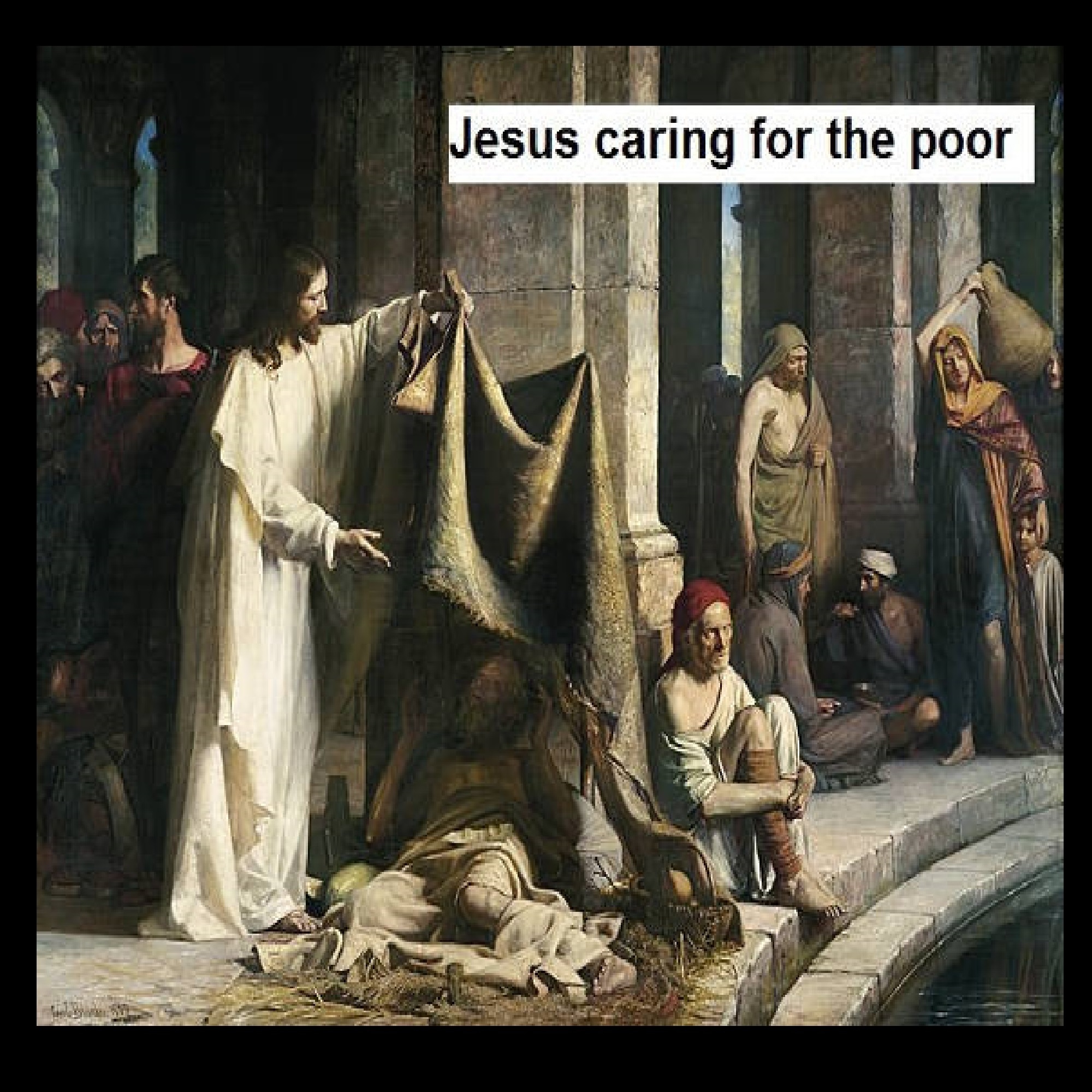

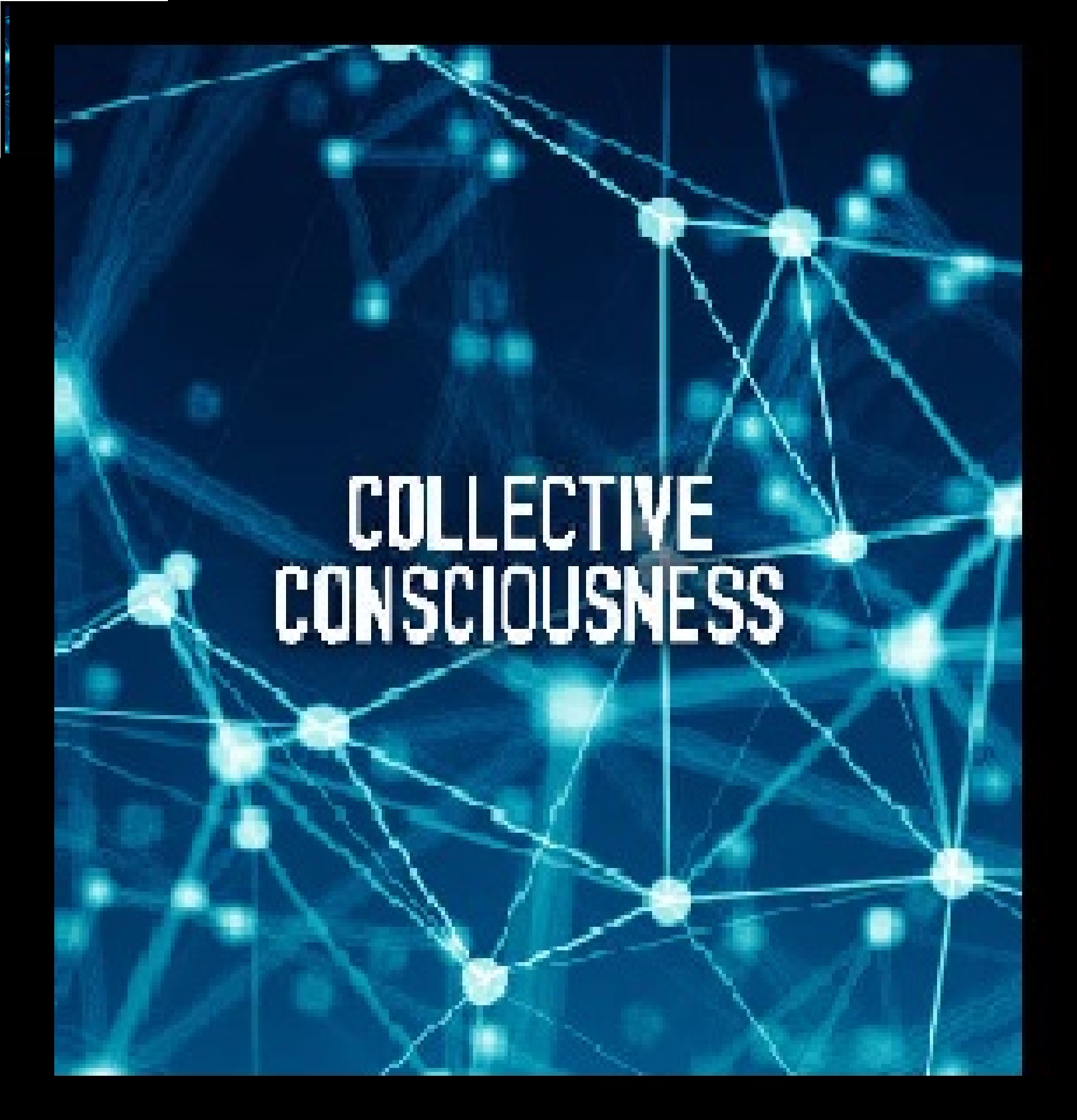
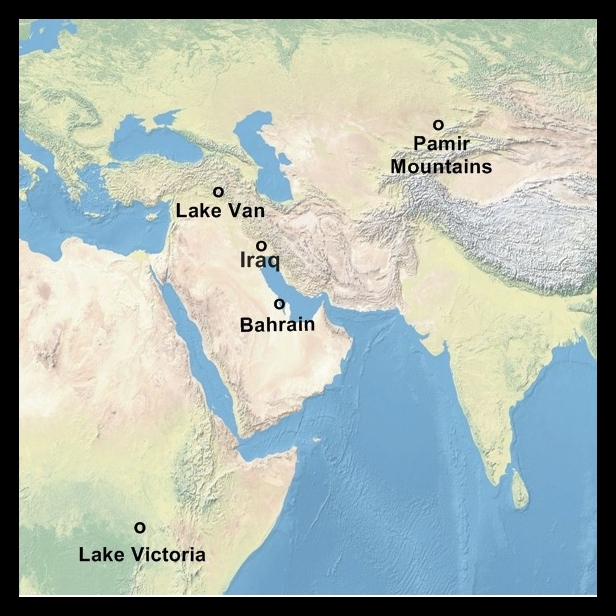
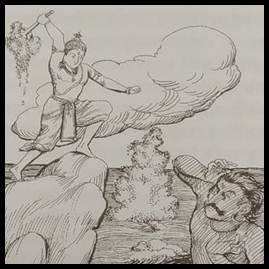
Comments on “Could the Garden of Eden and Mount Meru be the same place?”